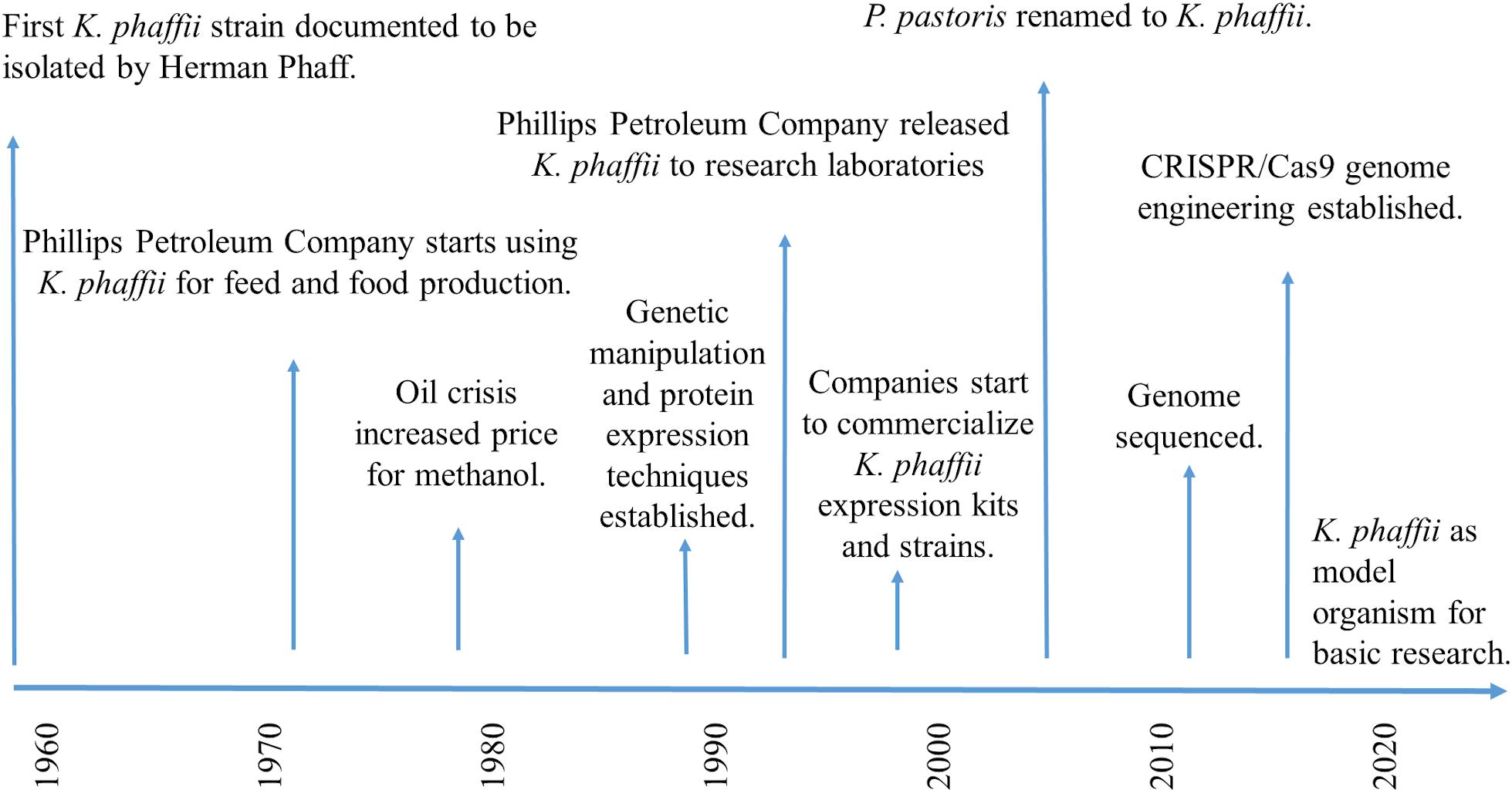


Sometimes a person might experience symptoms of bipolar disorder that do not match the three categories listed above, and this is referred to as “other specified and unspecified bipolar and related disorders.”īipolar disorder is often diagnosed during late adolescence (teen years) or early adulthood. Cyclothymic disorder (also called cyclothymia) is defined by recurring hypomanic and depressive symptoms that are not intense enough or do not last long enough to qualify as hypomanic or depressive episodes.The hypomanic episodes are less severe than the manic episodes in bipolar I disorder. Bipolar II disorder is defined by a pattern of depressive episodes and hypomanic episodes.Experiencing four or more episodes of mania or depression within 1 year is called “rapid cycling.” Episodes of depression with mixed features (having depressive symptoms and manic symptoms at the same time) are also possible. Usually, depressive episodes occur as well, typically lasting at least 2 weeks. Bipolar I disorder is defined by manic episodes that last for at least 7 days (nearly every day for most of the day) or by manic symptoms that are so severe that the person needs immediate medical care.Less severe manic periods are known as hypomanic episodes. These moods range from periods of extremely “up,” elated, irritable, or energized behavior (known as manic episodes) to very “down,” sad, indifferent, or hopeless periods (known as depressive episodes). All three types involve clear changes in mood, energy, and activity levels. There are three types of bipolar disorder. These shifts can make it difficult to carry out day-to-day tasks. Research Training and Career Development Opportunitiesīipolar disorder (formerly called manic-depressive illness or manic depression) is a mental illness that causes unusual shifts in a person’s mood, energy, activity levels, and concentration.Research Conducted at NIMH (Intramural Research Program).Upcoming Observances and Related Events.Contribute to Mental Health Research Mobile navigation


 0 kommentar(er)
0 kommentar(er)
